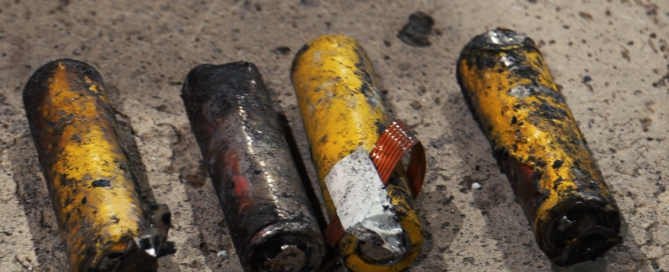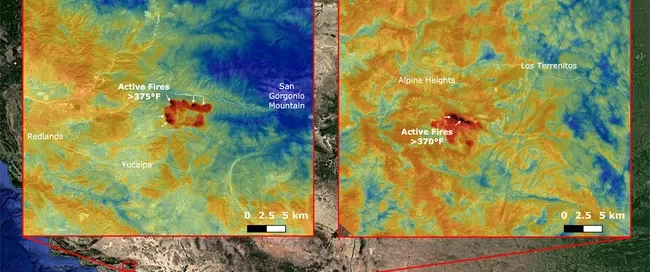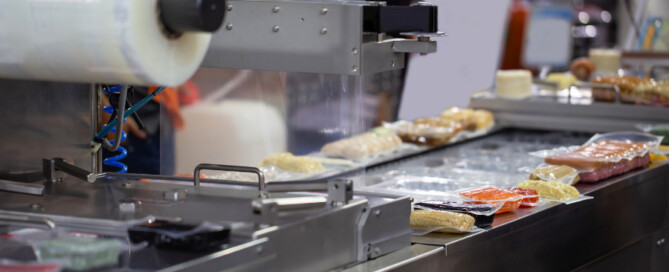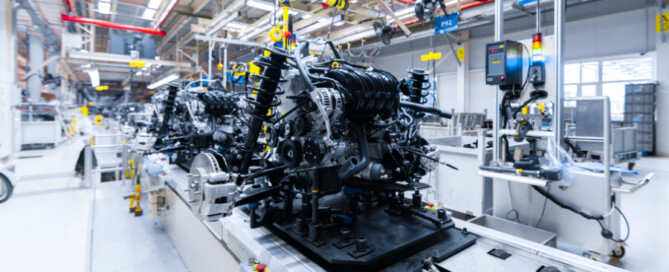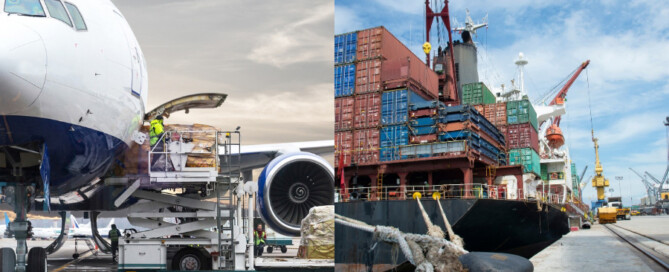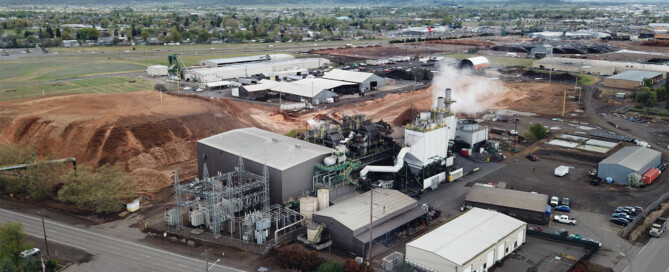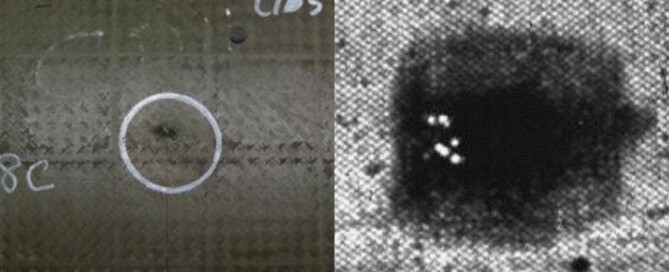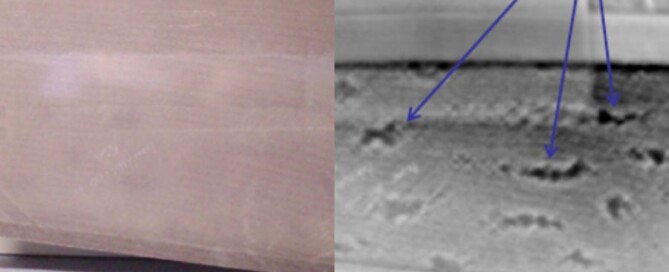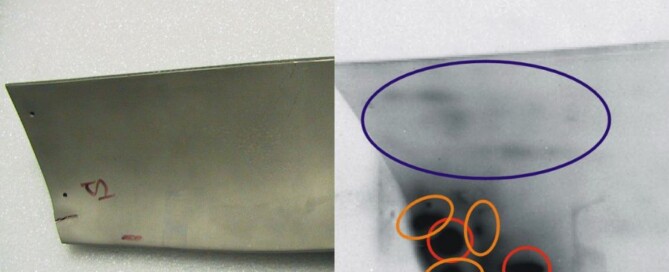Lithium Battery Fires: Causes, Risks, and Prevention Strategies
How to Prevent Lithium Battery Fires and Detect Risks Early 1. Why Lithium Battery Fires Are a Growing Concern Lithium-ion batteries power many devices, including smartphones, laptops, electric vehicles, and solar energy storage systems. While they provide efficient and long-lasting power, they also pose serious fire risks. A lithium battery fire starts when a [...]

